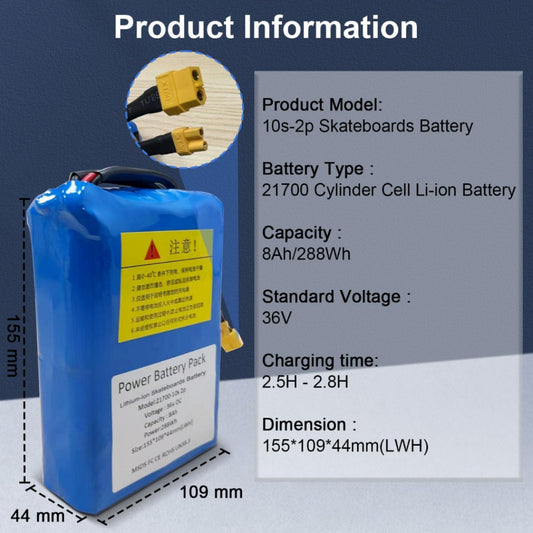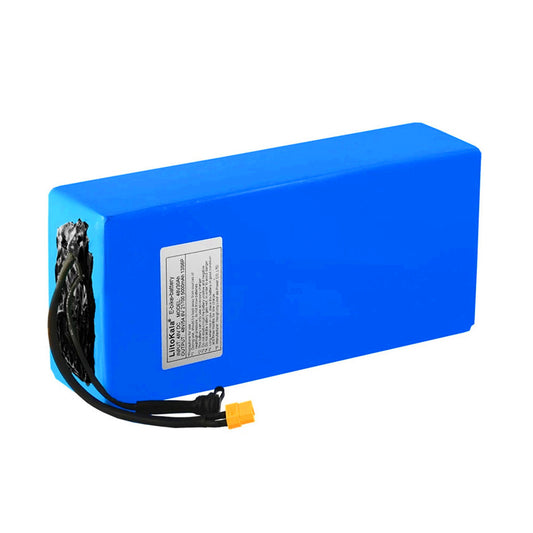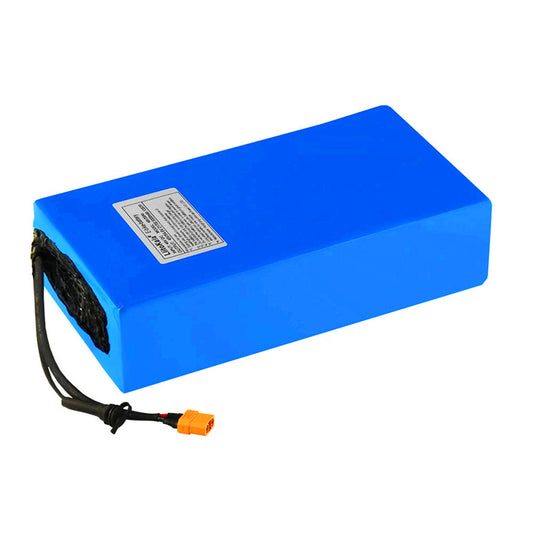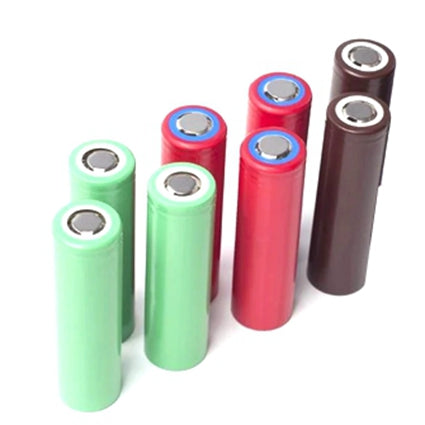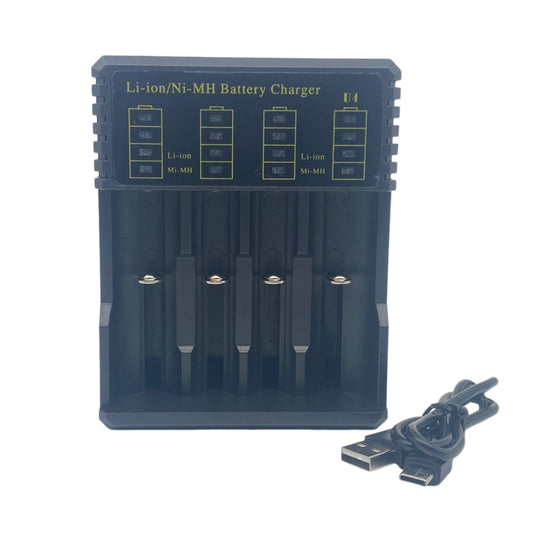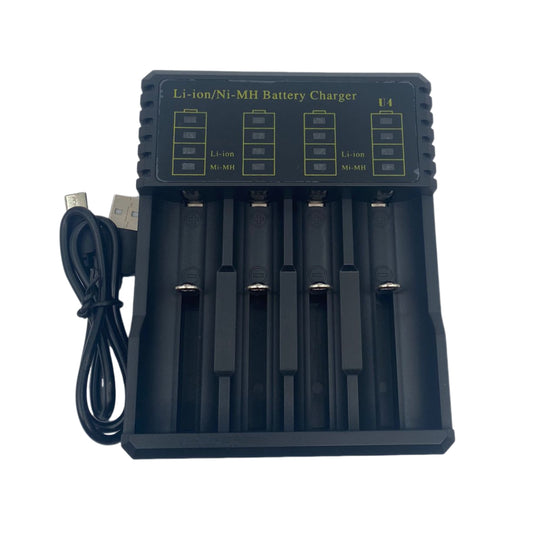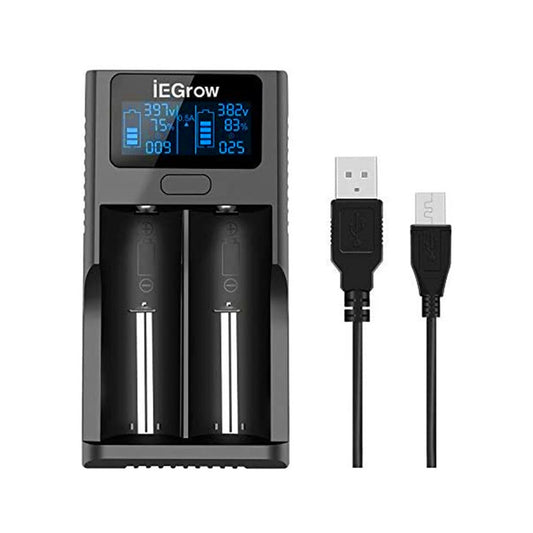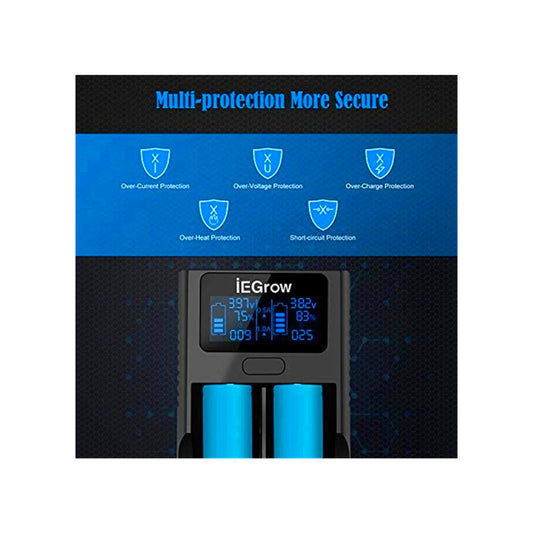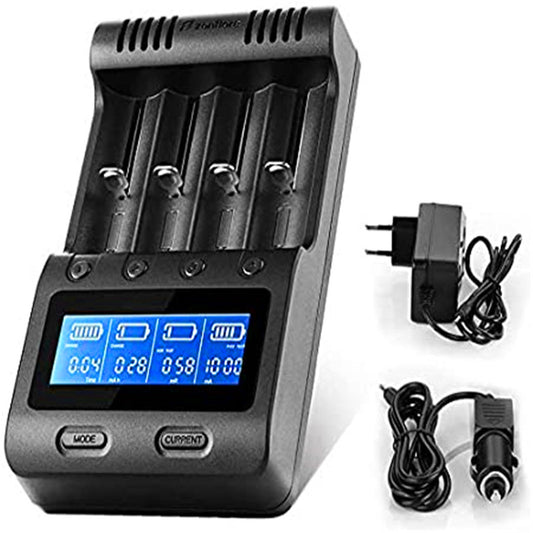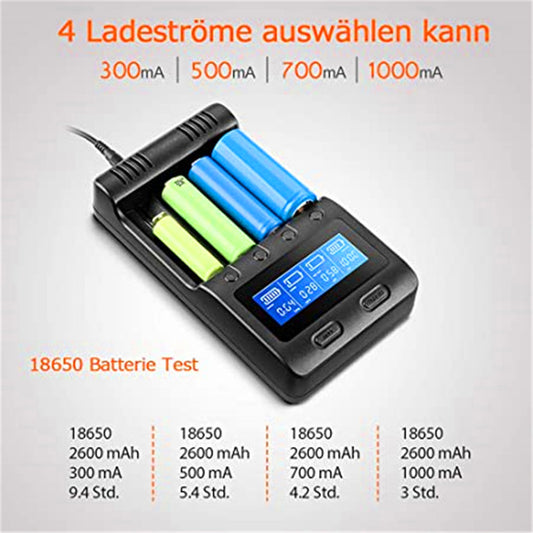Electric bikes (e-bikes) are becoming a popular choice if you're looking for convenience and speed in your daily commute or recreational rides. But you might be wondering: how fast do electric bikes run? The speed of an e-bike depends on several factors, including the motor class, the type of electric bike battery you use, and local regulations. E-bikes can vary significantly in speed, from models designed for leisurely rides to those built for faster commuting. Understanding these factors, including the role of the electric bike lithium battery, can help you choose an e-bike that matches your needs perfectly. Let's dive deeper!
How Fast Are E-Bikes Allowed to Go?
The top speed limits for e-bikes vary significantly depending on where you are. You can't ride your e-bike over the local top speed limitations, so it's essential to know what's allowed.
United States
In the U.S., e-bikes are classified into three categories—Class 1, Class 2, and Class 3—each with different speed restrictions and usage rules:
Class 1 E-Bikes
These are pedal-assist bikes that provide motor assistance only when you pedal, with a maximum speed limit of 20 mph (32 km/h). They are allowed on most bike paths and lanes.
Class 2 E-Bikes
These e-bikes have a throttle-assist feature that lets you reach speeds of up to 20 mph (32 km/h) without pedaling. They are typically permitted wherever Class 1 e-bikes are allowed.
Class 3 E-Bikes
These are pedal-assist bikes that can reach speeds up to 28 mph (45 km/h). However, they're often restricted to road use and aren't allowed on most bike paths or trails. Riders must be at least 16 years old and wear helmets when using a Class 3 e-bike.
Europe
In the European Union, e-bikes are more strictly regulated:
E-bikes are classified under the “pedelec” category if they provide pedal assistance up to 15.5 mph (25 km/h) with a motor power limit of 250 watts. Anything exceeding these specifications reclassifies the vehicle as a moped, requiring a license, insurance, and additional safety gear.
The United Kingdom and Australia follow similar guidelines to the EU, limiting e-bike speeds to 15.5 mph (25 km/h) on public roads, with additional requirements for bikes that exceed this speed.
Canada
In Canada, e-bike regulations differ by province but generally align with U.S. standards, capping speed at 20 mph (32 km/h). Some provinces may have additional rules regarding helmet use, age limits, and where e-bikes can be ridden.

Factors Influencing Electric Bike Top Speed
To get the best performance from your e-bike, it’s crucial to understand what determines its speed. Several factors come into play:
Motor Power
The power of your e-bike's motor, measured in watts (W), directly affects speed and acceleration.
For casual riding or city commuting, e-bikes often have motors ranging from 250W to 500W, allowing speeds of 15 to 20 mph.
For faster rides or steeper climbs, motors of 750W or more are preferred, which can reach speeds up to 28 mph or higher on flat terrain.
High-powered e-bikes, with motors exceeding 1000W, can go even faster but are typically designed for off-road or specialized use.
Battery Capacity and Voltage
Higher voltage battery delivers more power to the motor, enabling faster speeds. Most e-bikes use a 36V ebike battery, which is ideal for standard speeds up to 20 mph.
For higher speeds, such as those achieved by Class 3 e-bikes, a 48V battery is more common, supporting speeds up to 28 mph.
Higher capacity batteries provide a stronger, more consistent output, crucial for maintaining top speed over longer distances.
Terrain and Environment
Terrain significantly affects e-bike speed. You’ll find that e-bikes reach their maximum speed on flat, smooth roads but slow down on hills or rough terrain, which requires more power from the motor and battery. Weather conditions, like strong headwinds, can also reduce speed, while tailwinds might help you go faster with less effort.
Weight
The total weight, including yours and any cargo, affects how quickly an e-bike can accelerate and maintain speed. Heavier loads reduce the top speed because the motor must work harder to move the bike. Lightweight e-bikes with lighter riders can achieve higher speeds more efficiently.
Bike Design and Aerodynamics:
The design and aerodynamics of the e-bike, including the frame shape and tire type, can enhance or limit speed. Streamlined frames and narrow, high-pressure tires minimize air and rolling resistance, allowing for faster travel.
Conversely, wide, knobby tires designed for off-road use increase resistance and can slow you down on paved surfaces.
Can an Electric Bike Go 60 mph?
Yes, some high-powered e-bikes can reach speeds up to 60 mph (96 km/h) or more. These e-bikes typically have motors exceeding 3000W and are designed for off-road use or specialized racing. However, such speeds aren't safe or legal for regular road use due to the risks involved in traffic. High-speed e-bikes require advanced riding skills, proper safety gear, and a specially designed frame and brakes to handle high speeds safely.
How Do I Make My E-Bike Go Faster?
If you're looking to increase your e-bike's speed, there are a few methods to consider:
Removing Speed Limiters
Removing speed limiters is a common approach. These limiters keep e-bikes within legal speed limits. Disabling them can let you ride faster, but it might be illegal, void your warranty, and increase the risk of accidents. It can also put extra stress on the motor and battery, potentially shortening their lifespan.
Upgrading the Motor
Swapping in a more powerful motor can boost your e-bike's speed, especially on flat terrain. Moving from a standard 250W motor to a 750W or 1000W version can make a noticeable difference. However, more power means more strain on your bike’s parts, and you might also need to upgrade the battery and controller to handle the extra load. Check local laws, as higher-powered motors might not be road-legal everywhere.
Upgrading Your Battery
Upgrading to a higher voltage battery, like moving from a 36V e-bike battery to a 48V one, provides more power to the motor, increasing speed. This can give you quicker acceleration and a better top speed, but it's crucial to ensure compatibility with your motor and controller. A battery upgrade can be costly, and improper installation could lead to safety issues.
Regular Maintenance
Keeping your e-bike in good shape—tires properly inflated, drivetrain clean and lubricated, brakes adjusted—ensures it runs efficiently. A well-maintained bike reduces drag and wear, helping you maintain speed more easily. It’s the simplest and most cost-effective way to get the most out of your e-bike.

How Much Does an Electric Bike Battery Cost?
The price of an e-bike battery depends on its voltage, capacity, and brand.
Voltage
For a basic 36V lithium battery for ebike, you can expect to pay around $110. This option is great for casual riders who need a balance of decent range and affordability. If you need more power, a 48V battery is a popular choice and usually costs between $200 to $500. 48V electric bike battery offers better speed and performance. A 52V battery ranging from $300 to $700 is also a good choice for providing more power, faster speeds, and a longer range.
Capacity
A few key factors affect these prices. The capacity of the battery, measured in watt-hours (Wh), determines how much energy it can store and how far you can ride on a single charge. Higher-capacity batteries cost more but offer longer ranges, which is useful for frequent riders.
Brand
Lastly, the brand and compatibility of the battery can influence the cost. Batteries from well-known e-bike brands might be more expensive because they are built for reliability and come with warranty support. Cheaper, generic batteries are available, but they might not last as long or provide the same performance.
Speed Up Your E-Bike with New Battery Now!
Choosing the right e-bike and battery is crucial for getting the best performance and range. By understanding motor power, battery voltage, and speed limits, you can select an e-bike that fits your riding style. To boost your e-bike's efficiency and ensure a longer ride, consider upgrading to a high-quality battery.
Check out BatteryInt for their range of e-bike batteries and e-scooter battery sales that can help enhance your riding experience.
FAQ about Electric Bikes
Can an Electric Bike Go Up to 60 mph?
Yes, some high-powered electric bikes can reach speeds of 60 mph (96 km/h) or more, but these are specialized models with powerful motors (3000W and above) designed for off-road use or racing. They are not intended for regular road use due to safety concerns and legal restrictions.
How Long Does an E-Bike Battery Last?
An e-bike battery typically lasts between 3 to 5 years with proper care and regular use. The lifespan depends on the type of battery (usually lithium-ion), how often you use and charge it, and environmental conditions. Most e-bike batteries are rated for 500 to 1000 full charge cycles before their capacity significantly decreases.
Read More:
How Long Can an E-bike Battery Last?
6 Practical Ebike Battery Charging Tips for Prolonging Your E-bike Battery Life



